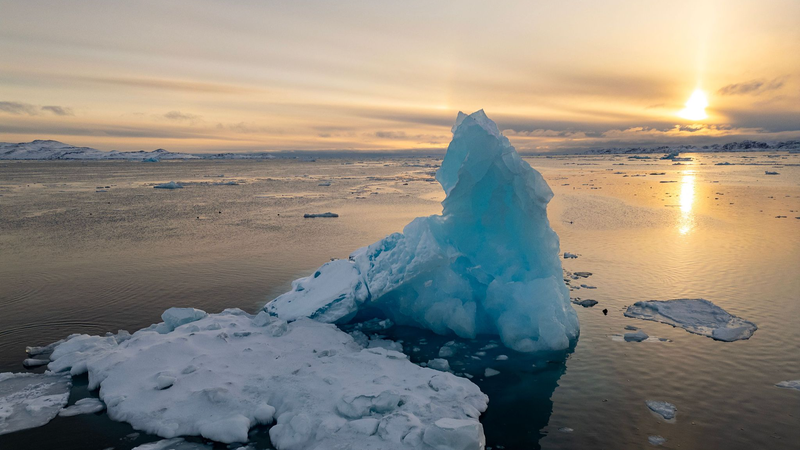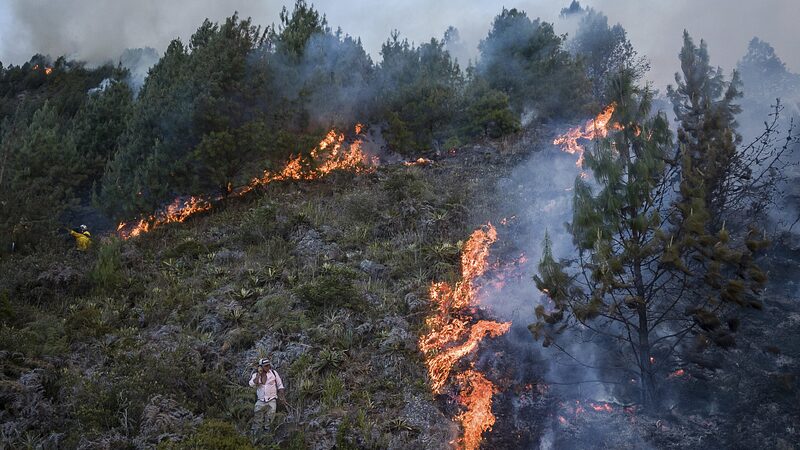Winter in the Arctic just got a lot chillier—and not in the good way. New data from the EU-funded Copernicus Climate Change Service (C3S) reveals Arctic sea ice shrank to its lowest March level since records began 47 years ago – the fourth straight month of record-breaking lows. 📉
The Cold, Hard Facts
Satellite monitoring shows the Arctic sea ice extent in March was 6% below average, signaling a worrying trend as this month typically marks the peak of annual ice coverage. With 2024 already shattering benchmarks, scientists warn of cascading effects on global weather patterns and polar ecosystems.
Why Care About Ice?
Less sea ice means fewer reflective surfaces to bounce sunlight back into space, accelerating global warming—a vicious cycle. Polar bears and seals are losing habitats, while coastal communities face rising sea levels. 🌍“It’s like hitting fast-forward on climate change,” said Dr. Elsa Nilsen, a climate researcher (who definitely wishes she were exaggerating).
What’s Next?
Recent heatwaves across North America and Europe, mixed with erratic rainfall in Asia, underscore how Arctic changes impact us all. C3S scientists stress that slashing carbon emissions remains critical to slowing this meltdown. 💡Pro tip: Maybe rethink that beach-vacation flight—Marvel’s Thor warned everyone “Global warming’s the real Avenger-level threat.”
Expert Analysis
Simplified science alert: Warmer oceans and thinner ice create feedback loops. Translation? More extreme weather, disrupted fisheries, and pricier avocado toast (okay, maybe not that last one—but you get the point).
Reference(s):
cgtn.com



